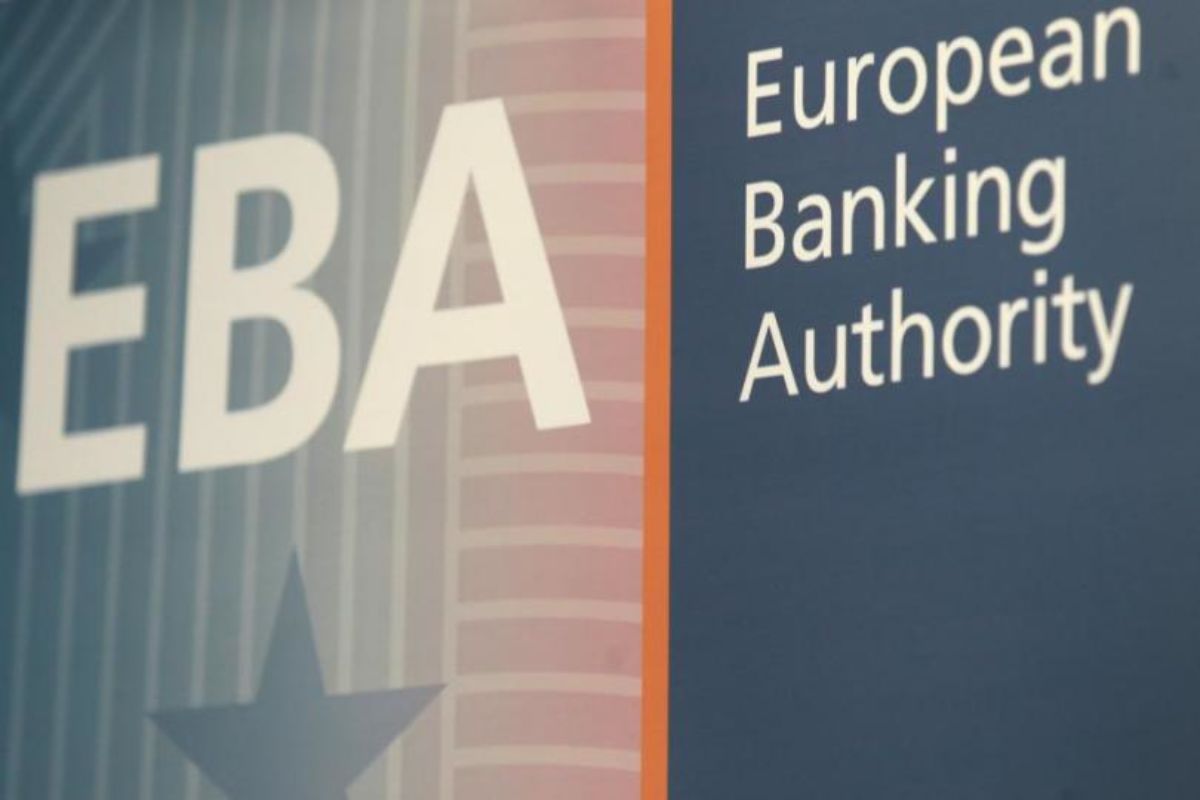The recent banking troubles have demonstrated the continuing fragility of the banking system, even 15 years after the global financial crisis. In the period of one week, two mid-sized US banks were closed down and a large systemically important bank in Europe was given substantial liquidity assistance and forced to merge with another bank.
This unexpected crisis has underscored the need for detailed prudential rules, well-aligned across the globe, and the importance of high supervisory vigilance. But it also showed that some of the work done on bail-ins after the last crisis was put aside, and there was a deviation from the accepted understanding concerning resolution. Now this needs to be rectified.
Silicon Valley Bank’s (SVB) collapse has provoked deep uncertainty. What started at a local mid-sized bank, with a specialised business model in California, rapidly infected the entire Western banking system. The bank run in the US was only stopped by Treasury Secretary Yellen, after receiving a recommendation from the boards of the FDIC and the Federal Reserve, and after consulting with President Biden, declared on Sunday 12 March that all depositors of the two banks – SVB and Signature Bank – would be saved, and no losses would be borne by taxpayers.
A week later, it was Credit Suisse’s turn, a large European bank, seen to be failing and forced into a merger with its long-term bitter rival, UBS. The Swiss authorities bailed out the shareholders of Credit Suisse but not the bondholders of additional tier 1 (AT1) contingent convertible bonds.
Exposing the holes in the system – and how to plug them
These recent debacles and their aftermath raise profound issues on bank regulation and supervision.
First, with the need to prevent bank runs, the traditional arguments for tight bank regulation remain i.e. the mismatch between very liquid liabilities and illiquid assets. The leniency towards regional, niche, or ‘non-significant’ institutions must be revisited — smaller banks, with unviable business models, can also cause runs (remember, Northern Rock wasn’t viewed as systemically important back in 2007, just as SVB wasn’t now).
But what triggers a bank run has changed – besides and beyond depositors, technology now allows today’s markets and operators to react even more rapidly, amplified by social media and stigma.
Given the banking system’s fragility, detailed rules are needed, and tight and coherent implementation required. The Basel Committee of Banking Supervision has made various proposals over the last few years, but local implementation often raises problems.
In Europe specific implementation interpretations, such as in the Banking Package, raise issues. Hence strong peer pressure by the Basel Committee going forward is essential.
Prudential rules also need to be aligned across the globe as much as possible. Limited deviations from the core rules can have dangerous consequences on the other side of the world. Accounting rules need to be globally aligned. Mark-to-market of the bond portfolio should generally be the norm.
The notion that light regulation stimulates innovation, as happened with some recent proposals on cryptocurrencies, makes no sense. When gains are privatised and losses socialised, the logic of market discipline fails. When taking customer deposits or making financial transactions, the same rules should always apply, irrespective of the nature of the entity involved.
What the end of easy money means
In a context of high inflation and rapidly raising interest rates, the market value of low interest rate bonds falls. This phenomenon is well known, but the rapid increase in central bank base rates – particularly in the US – and the depth of the fall in the value of bond portfolios in 2022 was unprecedented. And it goes on with continuing high levels of inflation, and the reduction of central banks’ balance sheets. This demonstrates that risk-free assets simply do not exist.
This means that supervisors need to be hands-on and carefully monitor a bank’s business model and its asset-liability management over time. Application of the Basel III Accord liquidity coverage (LCR) and net stable funding ratio (NSFR) are crucial and more rules are needed to protect for interest rate risks. Currently, LCR and NSFR rules are not applicable to second-tier US banks.
On managing banking crises, the central bank’s lender of last resort (LOLR) role and its interaction with deposit insurance and resolution can be improved. Moral hazard needs to be avoided and stigma prevented. Adequate collateral with haircuts in LOLR support is needed, as well as a minimum solvency standard and the credibility of insured vs. uninsured depositors.
The problem with the recent rescues is that moral hazard is back. The bail-in of convertible bonds, a part of extensive debates and different rules in the US, EU, UK, and Switzerland, were designed to limit moral hazard and set incentives right.
But triggering bail-ins, particularly without coordination, can provoke market stress, a flight to safety in the bond markets, and chain reactions, as some, like Charles Goodhart, have previously warned. Bailouts with public money happen much faster, and spread the burden over all taxpayers, not merely a few creditors. So, what do we do with USD 275 billion worth of convertible bonds now outstanding?
Now’s the time to fix the house
Specifically in an EU context, with significant cross-border banking activity, a European deposit insurance system (EDIS) and crisis management framework need to be agreed upon and swiftly completed.
Today, the statutes and funding levels of national deposit guarantees systems differ and rules apply in different ways depending on the home or host country and the foreign activity of banks. Emergency Liquidity Assistance (ELA) remains a national competence, even though euro area national central banks (NCBs) are no longer in charge of supervising significant credit institutions since the advent of the Banking Union. The 2014 Bank Recovery and Resolution Directive leaves some leeway for the home country to organise a bailout. Leaving these matters unresolved creates problems for cross-border banks in the EU and for European banking consolidation, and for litigation with problem banks.
As we’ve said before, nearly 15 years ago, a crisis is a terrible thing to waste. Whilst the storm clouds that caused such devastation in 2008 may not yet be looming directly over us, we’ve been gifted another opportunity to finally fix the roof and put the house in order. We should seize it before those storm clouds get any closer.



































